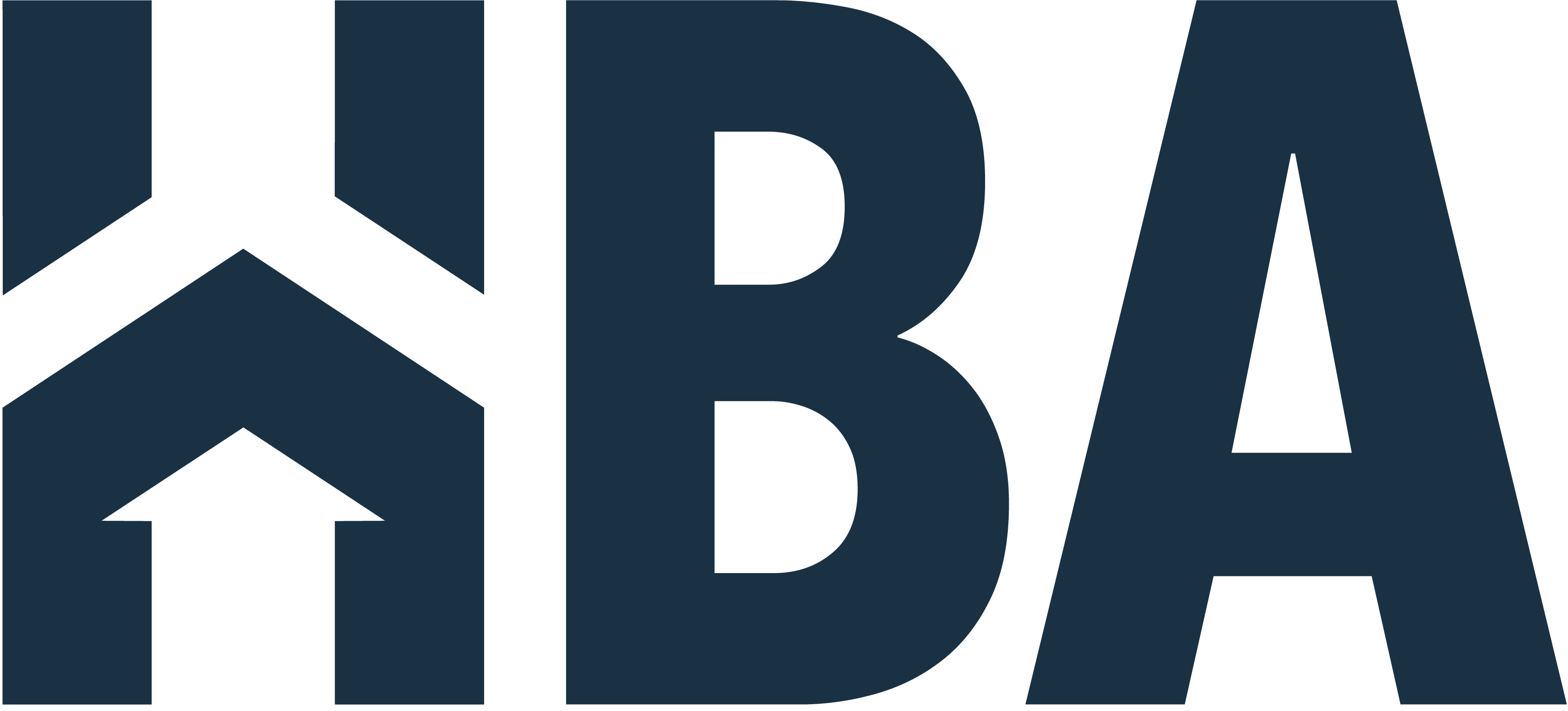According to the Unemployment Insurance Weekly Claims Report released by the U.S. Department of Labor today, weekly initial jobless claims decreased during the week ending September 12, and continuing claims, which lag initial jobless claims by one week, decreased as well for the week ending September 5. The data indicate that labor market improves modestly, but the road to a full recovery may be long.
In the week ending September 12, the number of initial jobless claims decreased by 33,000 to a seasonally adjusted level of 860,000, from the previous week’s revised level. Initial jobless claims have remained just below 1 million with new methodology applied since September. This week’s new claims brought the 26-week’s total to 61.0 million. The four-week moving average decreased to 912,000, from a revised average of 973,000 in the previous week.
Meanwhile, the number for seasonally adjusted insured unemployment (in regular state programs), known as continuing claims, decreased by 916,000 to a seasonally adjusted level of 12,628,000 in the week ending September 5. It is the lowest level after continuing claims hit 24.9 million in the early of May. The four-week moving average declined to 13,489,000 from the previous week’s revised average of 14,021,750. The seasonally adjusted insured unemployment rate increased by 0.7 percentage point to 8.6% for the week ending September 5. The previous week’s rate was revised up by 0.1 percentage point.

The U.S. Department of Labor also released the advanced number of actual initial claims under state programs without seasonal adjustments. The unadjusted number of advanced initial claims totaled 790,021 in the week ending September 12, a decrease of 75,974 from the previous week.
The chart below presents the top 10 states ranked by the number of advanced initial claims for the week ending September 12. Like the previous two weeks, California, New York and Texas had the most advanced initial claims. California led the way with 230,225 initial claims, followed by New York with 62,950 initial claims and Texas with 49,644 initial claims. Meanwhile, South Dakota, Vermont and Wyoming had the least advanced initial claims across all the states.
Compared to the previous week, Indiana, Nevada and Kansas had the largest increases in advanced initial claims for the week ending September 12. Indiana reported an increase of 2,596 advanced initial claims. Nevada increased by 2,583 and Kansas increased by 2,271. Texas (-15,647), California (-13,179), and Louisiana (-9,257) had the largest decreases in advanced initial claims.










